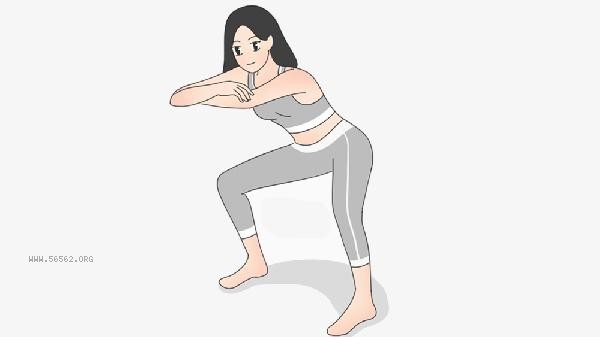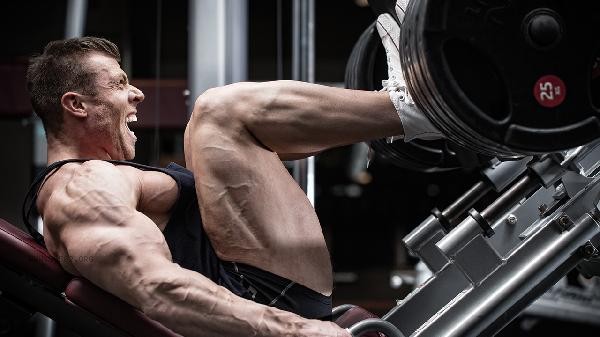The fitness equipment for hip exercises mainly includes hip bridge machines, Huck squat machines, sitting hip abduction machines, Roman chairs, and kettlebells.

1. Hip bridge machine
Hip bridge machine is a device specifically designed for training the muscles of the buttocks. It pushes the hips upwards in a supine position, mainly stimulating the gluteus maximus muscle. When using, adjust the height of the equipment to make the shoulders fit the cushion, place both feet flat on the pedals, and rely on the strength of the buttocks to lift the buttocks after tightening the core. This device can effectively improve hip sagging and is suitable for postpartum recovery and sedentary individuals, but it should be avoided for those with lumbar disc herniation.
2. Huck Squat Machine
The Huck Squat Machine adopts a reverse squat design, which completes the squatting action by carrying weight on the shoulders, and has a strong activation effect on the gluteus maximus and quadriceps. During training, keep your back close to the cushion, squat until your thighs are parallel to the ground, and be sure your knees do not exceed your toes. This equipment is suitable for fitness enthusiasts who want to improve hip circumference, and those with knee joint injuries should reduce their squatting range.
3. Sitting Hip Abduction Machine
The sitting hip abduction machine focuses on exercising the gluteus medius and gluteus medius muscles by spreading both legs outward, which can improve the depression on both sides of the buttocks. When using, adjust the position of the baffle to make the outer side of the knee fit and exert force, and keep the trunk upright to avoid compensation. This device has a significant effect on shaping the peach hip line, but caution should be exercised when using it for individuals who have undergone hip replacement surgery.

4. Roman chair
The Roman chair can strengthen the gluteus maximus muscle by lifting the leg after lying down, and is an auxiliary tool for manual buttock training. During training, the hips need to be stuck on the support pad to maintain stability of the upper body, and the legs should be lifted to a horizontal position solely by the strength of the hips. This equipment is suitable for home fitness use, and pregnant women and those with lumbar spondylolisthesis should avoid this movement.
5. The kettlebell stimulates the gluteal muscles from multiple angles through compound movements such as swinging and squatting, especially the kettlebell swing can explosively activate the gluteus maximus muscle. During training, it is necessary to maintain a neutral position of the spine and use hip hinge movements to exert force. This device is suitable for enhancing the explosive power of the buttocks, but beginners need to pay attention to proper movement to prevent lumbar compensation.
Choosing hip training equipment should be based on one's own training goals and physical condition. It is recommended that beginners gradually transition from manual training to equipment training. Arrange 2-3 specialized hip training sessions per week, selecting 2-3 combinations of instruments each time, and controlling the rest between groups within 60 seconds. Before and after training, it is necessary to fully warm up and stretch, and supplement with protein to help with muscle repair. Individuals with chronic diseases or sports injuries should train under the supervision of professional coaches to avoid blindly pursuing weight and causing compensatory injuries. For long-term sedentary people, the foam axis can be used to relax the hip flexor muscles to improve the activation efficiency of hip muscles.







Comments (0)
Leave a Comment
No comments yet
Be the first to share your thoughts!